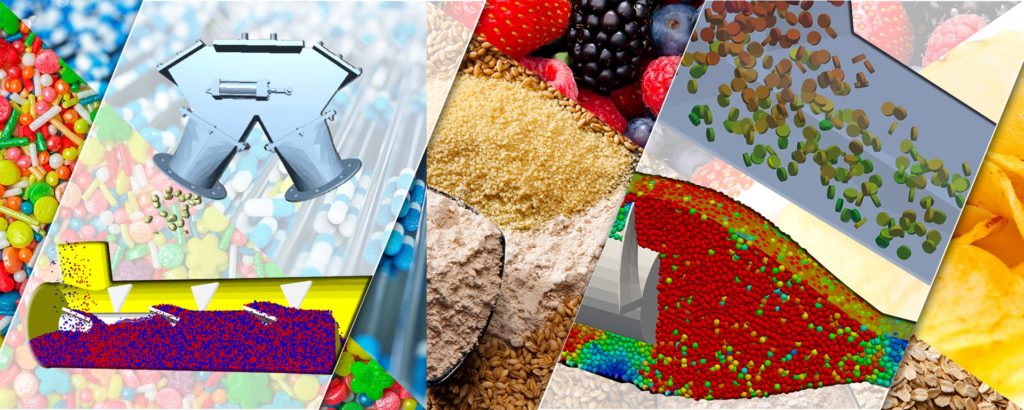
Scale-up of granular flows has traditionally relied on empiricism and observations. Over the past decade or so, however, computational modeling using the discrete element method (DEM) has turned solids handling practice from art to science. DEM is a modeling technique that treats bulk solids as a collections of large number of particles interacting with each other and their environment (such as fluids that may be present, mechanical elements in the equipment etc.). By treating each particle in the bulk solids flow as a ”discrete” or ”distinct” entity, DEM enables a more fundamentals-based approach to understanding granular flow, mixing and other associated physical phenomena. Being a ”particle-based” method, DEM is also more robust and stable from the perspective of setting up and running simulations. It is thus in sharp contrast to its counterparts in the ”continuum-based” approach to flow modeling (such as finite-volume and finite-element methods) which are somewhat hamstrung by complex models and numerical procedures.
